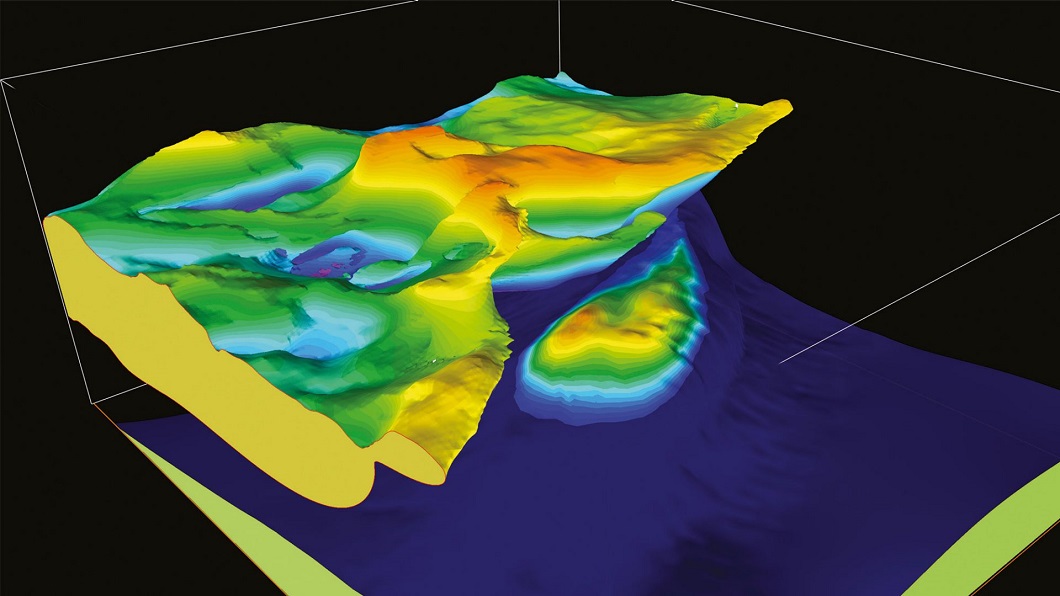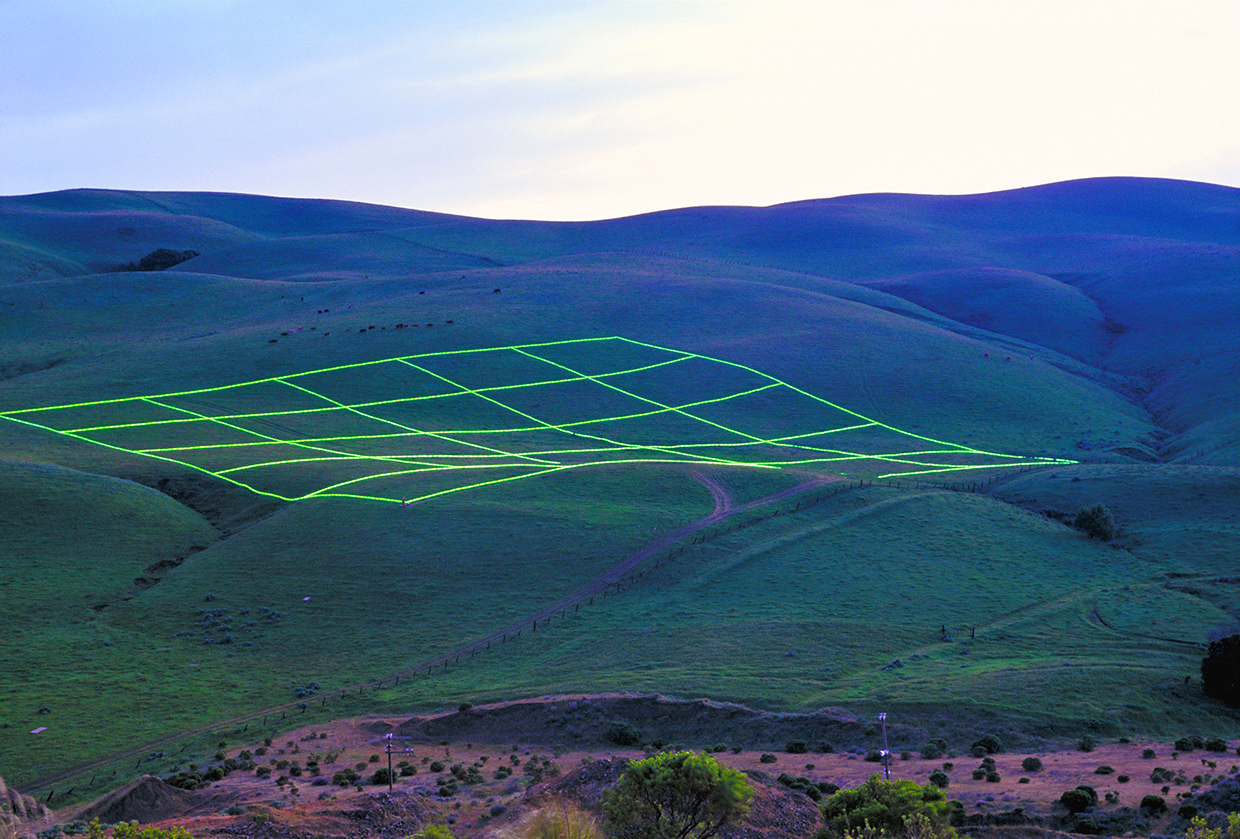When it comes to terrain data sets, the geo stats and get database accessible is utilised to make a multiresolution surface. The measurements are taken from the database that is collected and examined from the sonar, lidar, and photogrammetric datasets.
These data sets are used to build terrain features that involve various features like multipoint 3D masses, boundaries, stereo imagery, etc..

An individual can simply hire a fantastic land grid supplier to get the data collections with much ease. With the support of vector data sets, an individual can find any kind of data like terrain data collections, land grid maps, section township range, etc..
Why are terrain data sets are used?
A number of the reason why the terrain data sets are utilized and how they could help are:
• For performing any sort of geospatial analysis in 3D with any extension in the GIS.
• For terrain study, the bulk points and attributes can be reflected in a better way for section township range monitoring of 3D data.
• For terrain modeling and analysis, the data sets are sued for creating the raster-based altitude models.
Advantages of terrain data collections
• These datasets are seamless and scalable.
• These data sets can be modified at any time.
• The data sets based on vector and terrain can be readily stored and used through geodatabase.

• High-end interpolation of the data becomes possible.
• The data sets are can be edited everywhere without any special changes to be performed to the model.
• The terrain layers can be readily manipulated and can observe as the view updates automatically.
• Different users may access the datasets with much ease and the entire data can be handled centrally.
• The consumer environments can be altered and the terrains could be otherwise versioned.
• Various types of data are encouraged in these data sets like lidar, bathymetric, sonar, all return lidar, photogrammetric data.
No comments:
Post a Comment